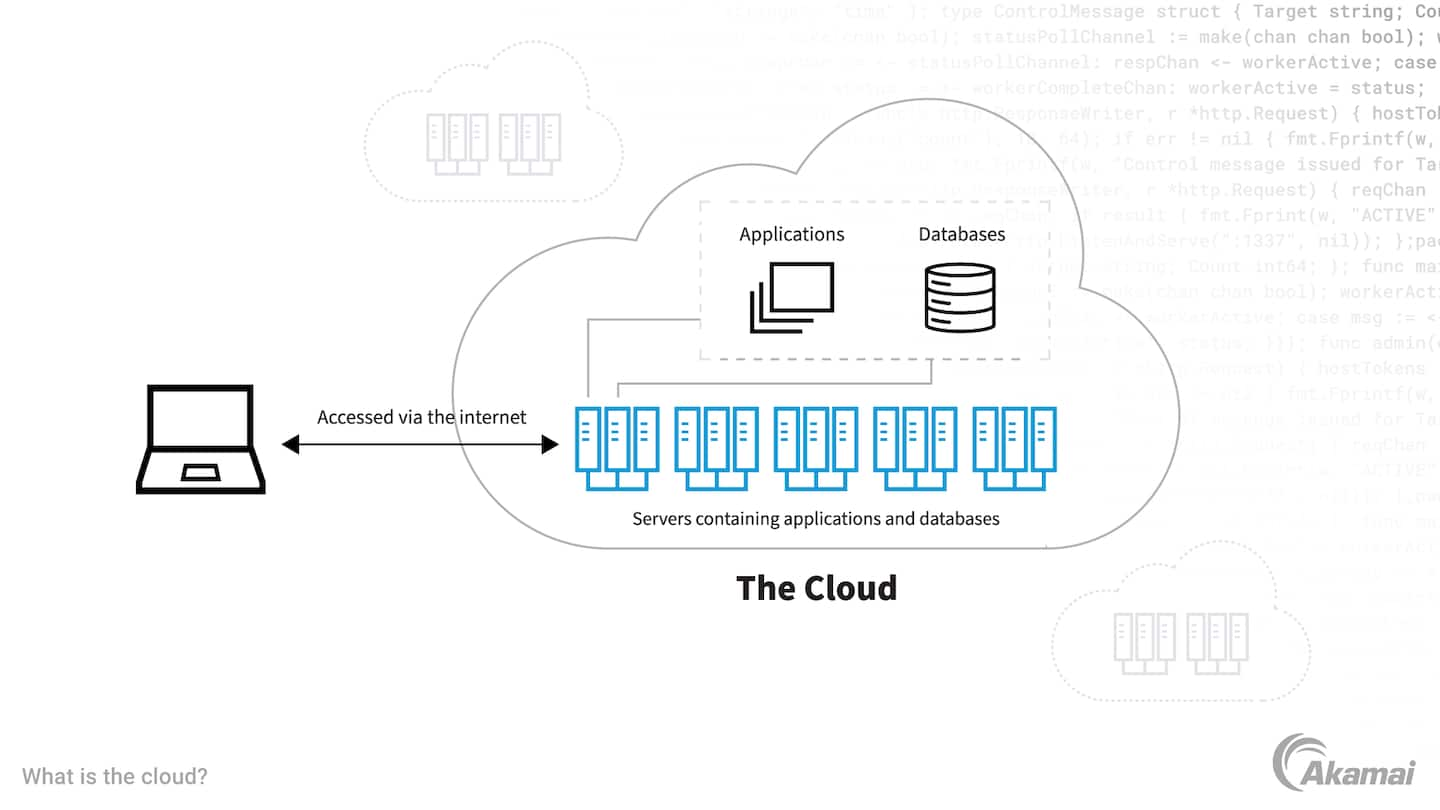Raise Your Service with LinkDaddy Cloud Services: Releasing Universal Cloud Service Possible
Raise Your Service with LinkDaddy Cloud Services: Releasing Universal Cloud Service Possible
Blog Article
Simplify Your Infrastructure With Cloud Provider
As services navigate the ever-evolving landscape of technology and data monitoring, the function of cloud solutions in simplifying framework has actually come to be progressively noticeable. The attraction of streamlined procedures, enhanced efficiency, and enhanced source allocation through cloud solutions is undeniable. Nonetheless, the trip towards a more agile and cost-efficient IT framework entails more than just moving to the cloud. It requires a tactical approach and a deep understanding of the nuances of cloud adoption. How can businesses properly navigate this shift and really unlock the capacity of cloud solutions for simplifying their infrastructure?
Advantages of Cloud Provider
Cloud services supply a streamlined technique to managing IT infrastructure, supplying companies with cost-efficiency, versatility, and scalability. One of the essential advantages of cloud solutions is the scalability they offer. Organizations can quickly scale their sources up or down based upon need, guaranteeing they just spend for what they utilize. This versatility is especially useful for organizations with rising and fall demands or those experiencing development.
Additionally, cloud solutions get rid of the need for businesses to spend in costly hardware and software. This cost-efficiency is a substantial advantage, especially for little to medium-sized ventures aiming to decrease upfront costs. By using cloud solutions, organizations can access premium IT sources without the hefty cost related to conventional framework setups.
Moreover, cloud services supply services with the versatility to access their data and applications from anywhere with a web link. This level of access improves cooperation amongst teams, allows remote job, and increases overall efficiency. The adaptability supplied by cloud services empowers companies to adjust swiftly to altering market conditions and consumer needs.
Price Financial Savings and Scalability
Along with the functional benefits highlighted earlier, the assimilation of cloud solutions into a firm's facilities comes up with considerable price financial savings and boosted scalability. Cloud services provide a pay-as-you-go model, permitting businesses to scale resources up or down based upon existing requirements, therefore staying clear of the prices related to maintaining excess ability. This adaptability makes it possible for business to adjust quickly to changing demands without incurring unnecessary expenses.
In addition, cloud services remove the demand for upfront investments in hardware and software, decreasing capital investment. Operating budget are additionally lessened as companies no longer require to take care of and preserve physical servers, bring about reduced energy consumption and IT staffing prices. Furthermore, cloud solutions offer automated updates and upkeep, ensuring that the infrastructure continues to be updated and protected without needing manual treatments.
Improved Security Measures
Implementing stringent safety and security steps is extremely important when incorporating cloud services right into a company's infrastructure to protect sensitive data and guarantee conformity with sector guidelines. Cloud service carriers supply boosted safety functions such as data file encryption, firewall software protection, and multi-factor verification to minimize cybersecurity threats.
Moreover, routine security audits and conformity assessments aid recognize vulnerabilities and guarantee adherence to market standards. Firms can additionally take advantage of attributes like automatic safety and security updates and real-time danger monitoring given by cloud solution providers. By prioritizing protection steps and remaining positive in addressing possible dangers, businesses can with confidence utilize cloud services while protecting their useful data from unauthorized accessibility or violations.
Transitioning to Cloud Framework
To effectively integrate cloud solutions right into a firm's infrastructure, an organized method that addresses the shift in the direction of cloud-based solutions is essential. Transitioning to shadow framework involves cautious preparation and implementation to guarantee a smooth movement procedure. The initial step is to analyze the current facilities and determine which applications and systems are ideal for migration to the cloud. This assessment needs to consider elements such as information level of sensitivity, compliance needs, and performance requirements.
When the assessment is total, a migration approach need to be developed. This technique should detail the timeline, sources, and duties for moving each part to the cloud. It is vital to communicate this strategy clearly to all stakeholders to make sure placement and lessen disturbances throughout the change.
Throughout the migration procedure, testing and tracking are important to identify and attend to any kind of problems without delay. Normal checkpoints need to be developed to track progress and make required changes. Furthermore, training for employees on using cloud view website services should be provided to make certain an effective change and take full advantage of the advantages of the new facilities.
Ideal Practices for Cloud Fostering
Effective adoption of cloud services rests on the strategic alignment of company objectives with technological capacities and organizational readiness. To make sure a smooth transition to the cloud, companies should start by performing a comprehensive analysis of their present infrastructure and identifying which workloads are best matched for cloud migration. It is crucial to include vital stakeholders from different divisions in the decision-making procedure to acquire buy-in and attend to any kind of issues beforehand.
Another finest technique for cloud adoption is to focus on safety and security and conformity. Organizations should meticulously evaluate the safety steps offered by cloud solution carriers and make sure that their information is shielded according to market requirements and governing requirements. Executing robust data security, accessibility controls, and normal security audits can assist reduce dangers connected with cloud fostering.

Final Thought

As services navigate the ever-evolving landscape of innovation and information administration, the role of cloud services in streamlining framework has ended up being increasingly popular - linkdaddy cloud services. Exactly how can businesses efficiently browse this change and really open the possibility of cloud solutions for streamlining their framework?
Cloud services offer a structured technique to managing IT framework, offering services with versatility, scalability, and cost-efficiency. By using cloud solutions, companies can access check here high-quality IT sources without the large rate tag associated with conventional infrastructure setups.
To guarantee a smooth shift to the cloud, organizations ought to start by conducting an extensive evaluation of their existing facilities and determining which work are best fit for cloud migration.
Report this page